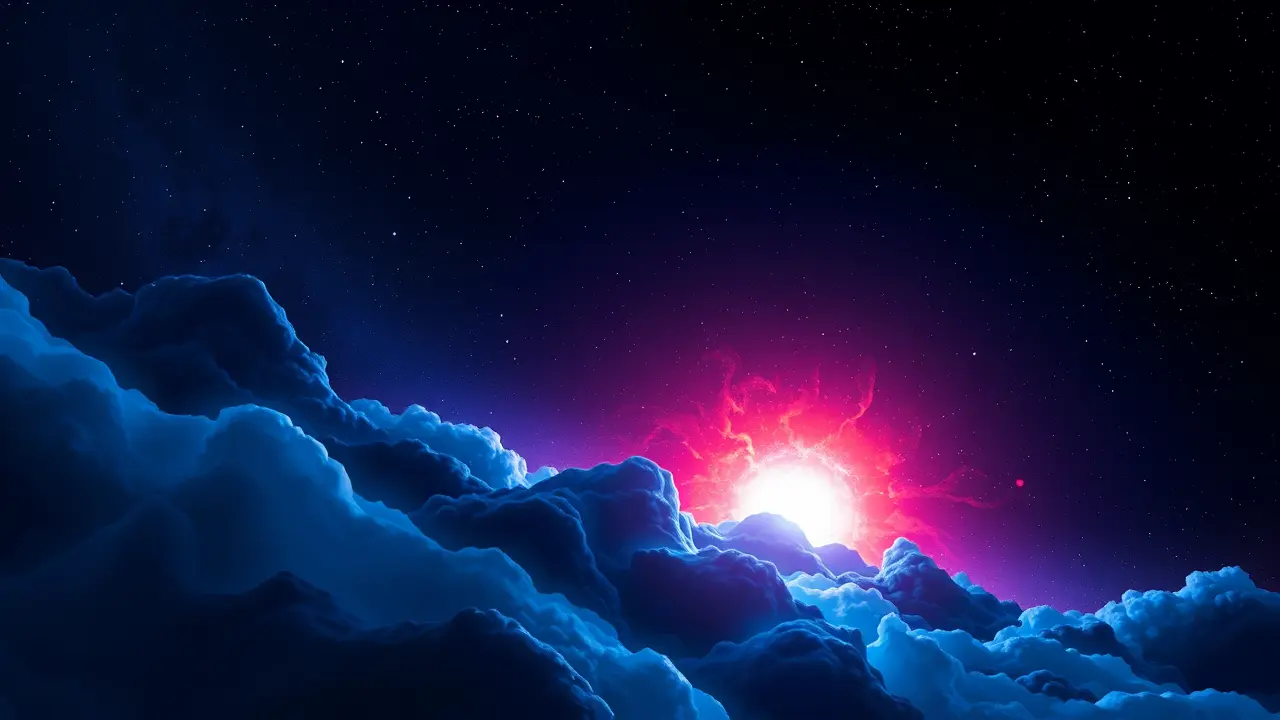JWST spots a hidden red supergiant just before it exploded
In a discovery that feels like it was pulled from the deepest chapters of a cosmic detective novel, the James Webb Space Telescope has just pulled back the curtain on one of the universe's most dramatic final acts, identifying a massive red supergiant star in its death throes, mere moments before it cataclysmically exploded. For years, astronomers had been puzzled by a seeming discrepancy; theoretical models suggested a certain number of these colossal stars should end their lives in supernovae, yet our observational tally always fell short, as if the universe were hiding its most spectacular fireworks display.The culprit, it turns out, was cosmic dust—thick, veiling clouds of particulate matter that had perfectly shrouded this stellar behemoth from the prying eyes of optical telescopes. But Webb, with its unparalleled infrared sensitivity, acts like a pair of night-vision goggles on a grand scale, peering through the obscuring filth to witness the heat signature of the star's immense, unstable outer layers.This isn't just about finding one star; it's a paradigm shift, fundamentally altering our understanding of stellar life cycles. It confirms a long-held suspicion that many of these massive stars do indeed go supernova, but they do so in secret, their final, brilliant flashes of light absorbed and re-radiated by the very material they ejected in their final, turbulent years.Imagine a giant like Betelgeuse, a star so vast it would engulf the orbit of Jupiter if placed at the center of our solar system; this discovery suggests that when such titans finally succumb to their own gravity, their final moments might often be a private affair, hidden from conventional view. The implications ripple outward, affecting how we calculate the chemical enrichment of galaxies, as these explosions are the primary forges for heavy elements like the iron in our blood and the calcium in our bones.If a significant fraction of supernovae have been missed, our cosmic census of element production has been fundamentally incomplete. This single observation by Webb, a testament to its revolutionary design, effectively solves a long-standing cosmic mystery and opens a new window into the final, violent breaths of the universe's largest stars, reminding us that sometimes, the most profound truths are not in the light we see, but in the heat we can now finally feel.
It’s quiet here...Start the conversation by leaving the first comment.
© 2025 Outpoll Service LTD. All rights reserved.
